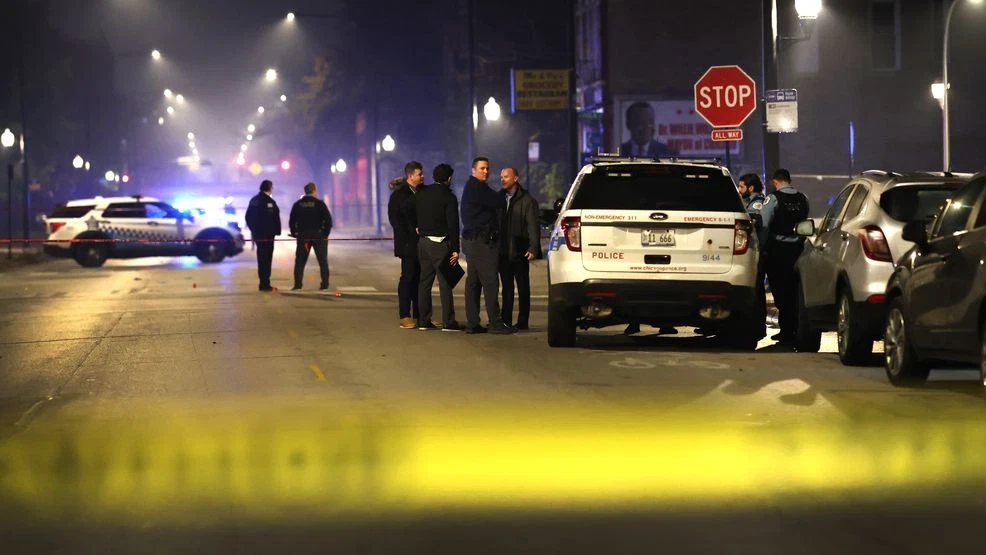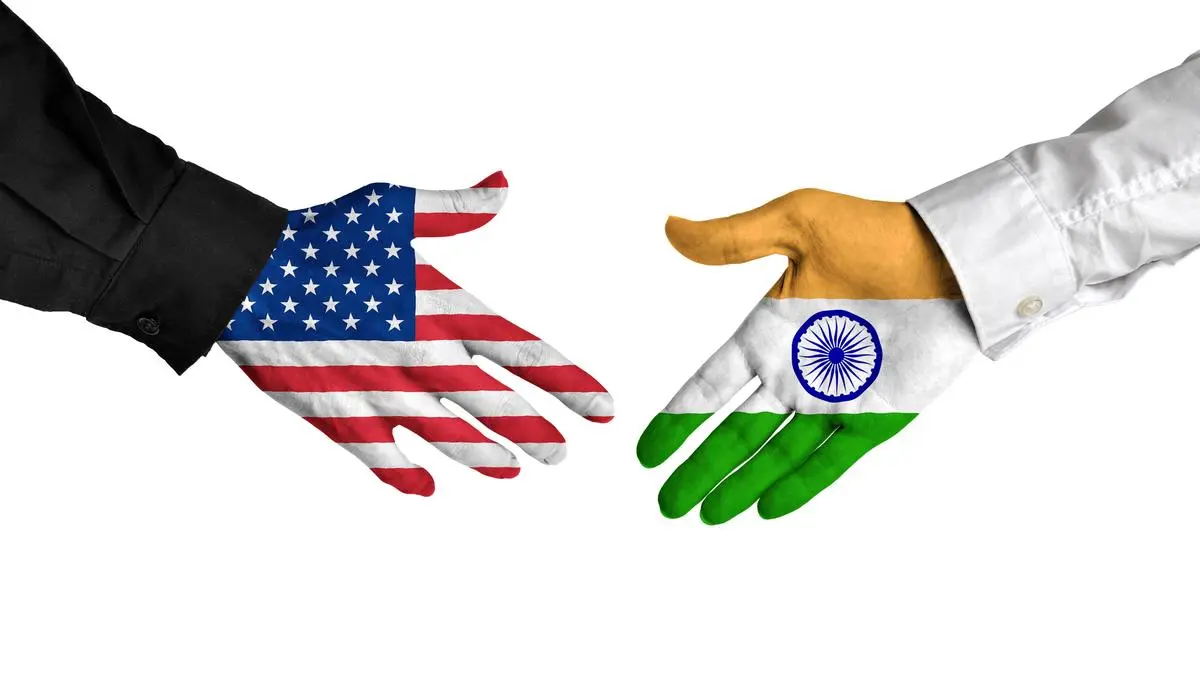
Concerns over crime and violence spiked in this month, with the public opinion organization noting a particular increase in mentions following Charlie Kirk’s assassination on Sept. 10.
The Gallup poll was conducted Sept. 2-16 and published Monday.
Mentions of crime or violence more than doubled over the past month, rising from 3% in August to 8% in September, according to Gallup.
That’s the highest level since August 2020, and before that, 2002, Gallup said.
The organization also noted that survey respondents might’ve been influenced by the Minneapolis Catholic school shooting or the stabbing death of a Ukrainian woman on a North Carolina train.
But Gallup said the survey results suggest that Kirk’s assassination is reverberating with Americans, particularly Republicans.
Mentions of crime or violence increased most sharply among Republicans, rising from 6% to 14%.
Meanwhile, Gallup reported a spike in concerns about national unity.
And satisfaction with the nation’s direction also dipped to its lowest level since January. Just 29% said they are satisfied with the way things are going in the U.S.
“Concerns about crime, concerns about political violence, political division and dissatisfaction in the country are all absolutely connected, because the headlines are full of things that say violence is up, the country is fractured and heading in the wrong direction, and you have a lot of elected officials, especially on the political right, saying that we are beyond repair, that half of the American people are your enemy, that crime is rampant, that there are killing fields in American cities,” said , the director of the School of Media and Public Affairs at George Washington University. “None of which is true. Most Americans, most of the time, agree on a whole lot of stuff. Political violence is rare. It is widely condemned. It is incredibly unpopular.”
Other Gallup data shows that Americans .
The latest such data, from last fall, showed 64% of Americans thought crime nationally was getting worse year over year.
But the data tells another story.
The FBI’s annual crime report, released last month, an estimated 4.5% nationally last year.
Murders and non-negligent manslaughter decreased by close to 15%.
Rapes fell about 5%.
Aggravated assaults fell 3%.
Robberies fell almost 9%.
“Perception and reality are often disconnected when it comes to crime,” Loge said. “Most people mostly don’t experience a lot of crime. What they see is headlines about crime, especially crime in other places.”
Criminologist also said the perception of crime in America doesn’t match the reality of crime in America.
“We’re on track actually for the lowest number of homicides in the United States since 1960,” said Piquero, a professor at the University of Miami and a former director of the Bureau of Justice Statistics.
Piquero said both the FBI tracking, which comes from police departments across the country, and from the Bureau of Justice Statistics clearly show “a rapid de-escalation of crime.”
“I think people are drawing their perception from a few high-profile events and what they are hearing on social media, what they hear on the first story (on) the six o’clock news,” Piquero said.
That’s not to say there aren’t dangerous places in America or places where crime is of greater concern.
Vivint, a home security company, said Cleveland residents have in the U.S., followed by people in Tucson, Arizona; Atlanta; St. Louis; and Orlando, Florida.
That analysis is based on internet searches for “crime near me” and “home security system.”
But the national murder rates were higher in the 1980s and 1990s than they are today.
And Piquero said most cities are all tracking the same way – less crime.
“But the real story that’s true everywhere is the intracity variability,” he said.
Those are crime “hotspots” within parts of a city.
“For the family who lives in an environment where there’s crime going on all the time, they could care less what happens at the national level,” Piquero said. “For them, crime is on their street or in their neighborhood, and that’s an appropriately valid concern.”
But most Americans, likely including many who expressed heightened concerns in the Gallup surveys, aren’t likely to become the victim of violent crime.
“It’s very, very low,” Piquero said of the violent crime risk to most Americans.
“I would have no problem walking alone in most big cities in the United States at just about any time of the day right now,” he said.
Just be aware of your surroundings, he said.
Piquero said most violent crime isn’t random.
“That doesn’t mean that there aren’t kids dying on the streets tonight and that kids aren’t going to die on the streets tomorrow,” Piquero said. “And that still remains a U.S. problem. That’s not a problem in a lot of other countries. And that’s a separate issue for another day. But regardless of data source, the story is convincingly clear that we’re much safer than we have been recently, for sure.”



